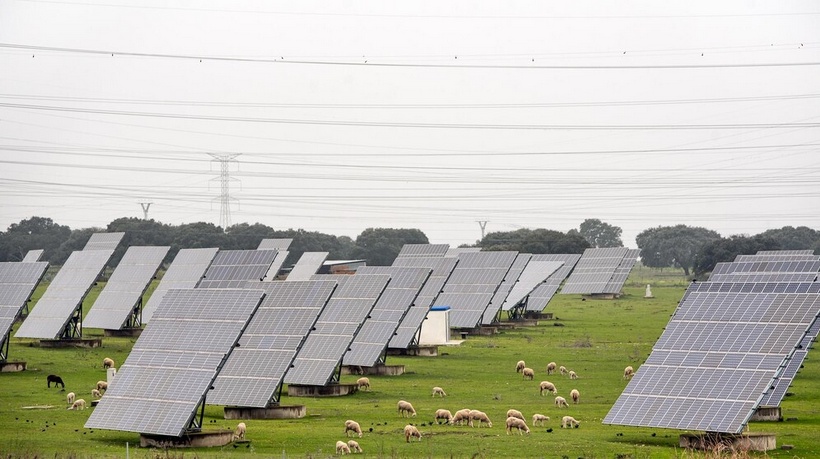Introduction
The exponential growth of solar energy as a clean and sustainable power source has led to a surge in solar panel installations worldwide. As these solar panels reach the end of their operational lifespan, the responsible decommissioning of these units becomes a critical aspect of ensuring the continued environmental benefits of solar power. In this comprehensive guide, we delve into the best practices for decommissioning solar panel, examining the current landscape, challenges, and sustainable solutions.
The Lifespan of Solar Panels
Solar panels are designed to harness sunlight and convert it into electricity efficiently. However, like any technology, solar panels have a finite lifespan. The typical operational life of solar panels ranges from 25 to 30 years, after which their efficiency declines. As the number of decommissioned solar panels increases, proper disposal and recycling practices become imperative to mitigate potential environmental impacts.
Environmental Impact of Decommissioned Solar Panels
The disposal of decommissioned solar panels poses environmental challenges due to the materials used in their production. Solar panels often contain materials such as silicon, aluminum, glass, and sometimes, rare metals. If not managed properly, these materials can contribute to soil and water pollution. Additionally, improper disposal methods can lead to the release of hazardous substances, including lead and cadmium, into the environment.
Importance of Responsible Decommissioning
Responsible decommissioning of solar panels is crucial to minimize the environmental footprint associated with their end-of-life phase. By adopting best practices in decommissioning, we can ensure the recovery of valuable materials, reduce waste, and prevent the release of harmful substances into the environment. This approach aligns with the broader goals of sustainable waste management and circular economy principles.
Current Landscape of Solar Panel Decommissioning
The current landscape of solar panel decommissioning varies globally, with some regions having established regulations and recycling programs, while others may lack comprehensive frameworks. As the solar industry continues to grow, addressing disparities and creating standardized decommissioning processes become essential for promoting sustainability.
Best Practices for Decommissioning Solar Panels
-
Pre-decommissioning Assessment: Before decommissioning begins, conduct a thorough assessment of the solar panels. Identify any potential environmental risks, assess the condition of materials, and determine the feasibility of recycling. This step ensures a well-informed decommissioning process.
-
Safe Removal and Transportation: Use proper safety protocols during the removal of solar panels to minimize the risk of breakage and exposure to hazardous materials. Transport decommissioned panels using secure methods to prevent damage during transit.
-
Material Separation and Recovery: Implement effective material separation techniques during decommissioning to recover valuable components such as silicon, aluminum, and glass. Advanced recycling technologies can maximize the recovery of these materials, reducing the need for virgin resources.
-
Hazardous Substance Management: Properly manage and dispose of hazardous substances present in solar panels, such as lead and cadmium. Ensure compliance with environmental regulations and employ environmentally friendly disposal methods for these substances.
-
Promotion of Extended Producer Responsibility (EPR): Encourage the implementation of Extended Producer Responsibility programs, where manufacturers take responsibility for the end-of-life management of their products. This approach fosters accountability and incentivizes manufacturers to design panels with recyclability in mind.
Challenges in Solar Panel Decommissioning
Despite the best practices outlined, challenges persist in the widespread adoption of responsible solar panel decommissioning. One key challenge is the lack of standardized global regulations, resulting in varied approaches and practices. Additionally, raising awareness among stakeholders, including manufacturers, installers, and consumers, remains essential for overcoming these challenges and fostering a culture of responsible decommissioning.
The Economic Perspective
While decommissioning solar panels involves upfront costs, the economic benefits of responsible practices become evident in the long run. Recovering valuable materials through recycling not only reduces the demand for new resources but also contributes to the growth of the recycling industry, creating jobs and stimulating economic development.
Conclusion
In conclusion, retiring solar panels responsibly is a critical component of ensuring the continued sustainability of solar energy. By adopting best practices in decommissioning, we can minimize the environmental impact, recover valuable materials, and contribute to a circular economy. As the solar industry evolves, it is imperative to address the challenges, promote awareness, and establish global standards for responsible solar panel decommissioning. Through collective efforts, we can retire the rays responsibly and pave the way for a more sustainable energy future.


No comments yet